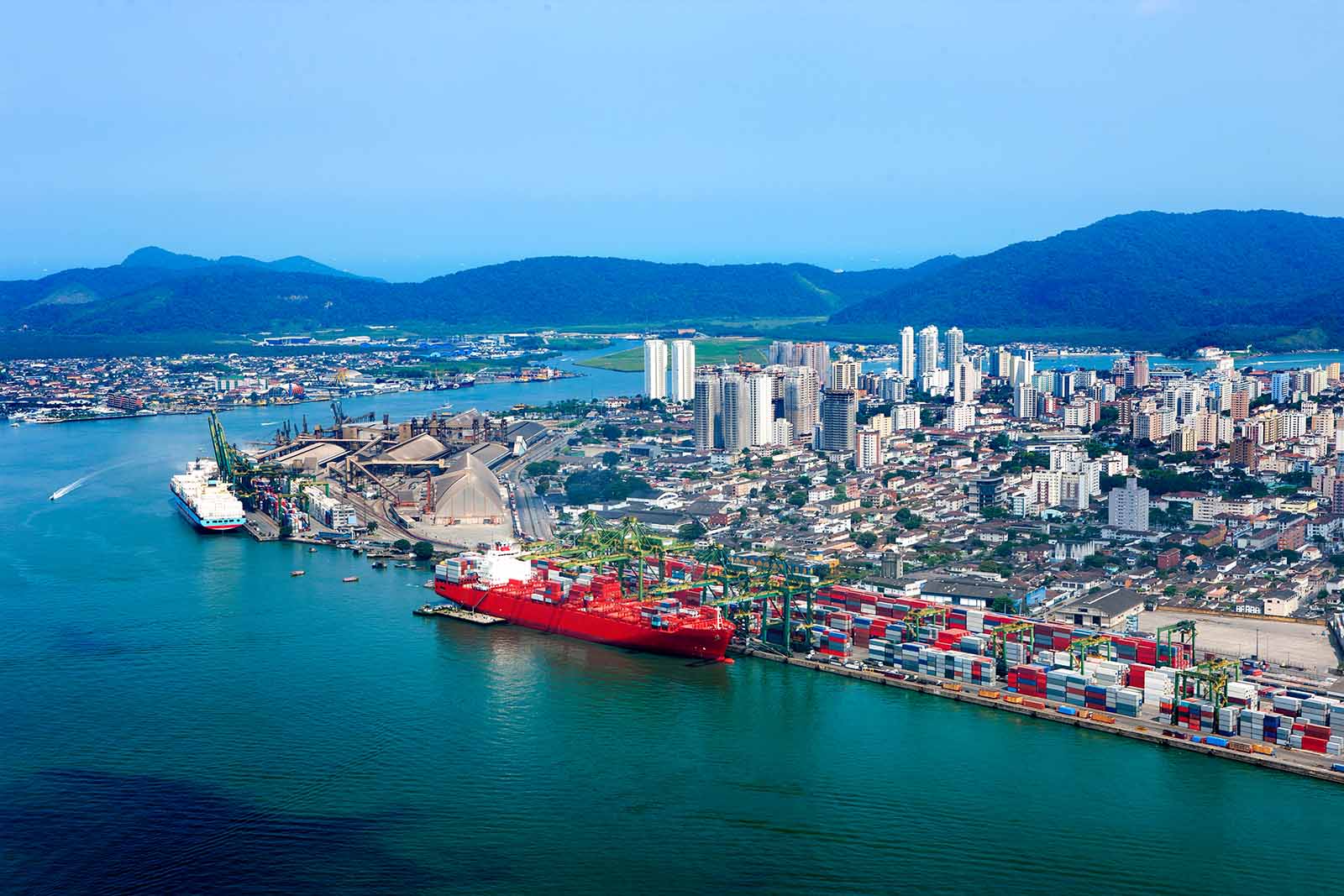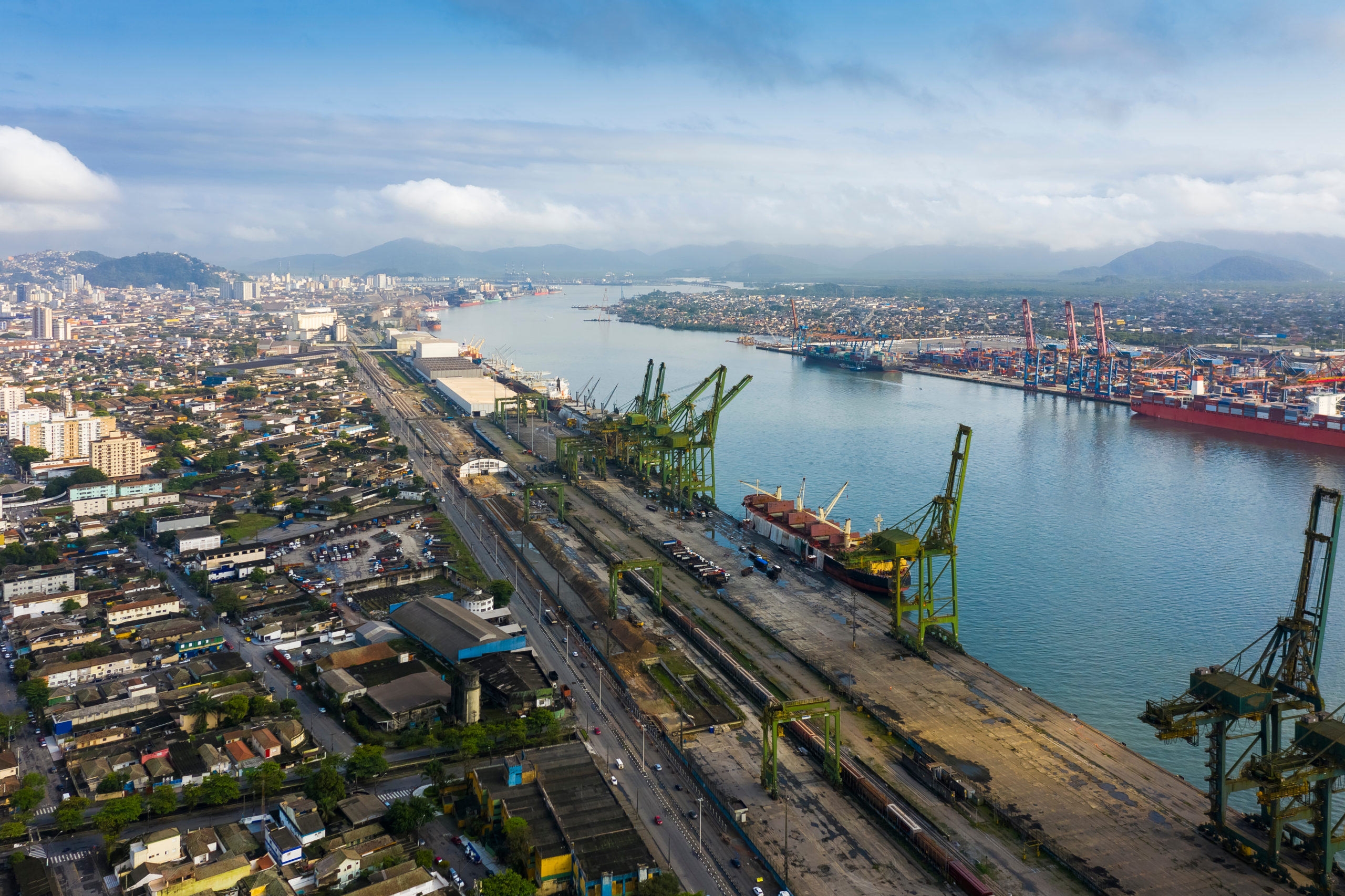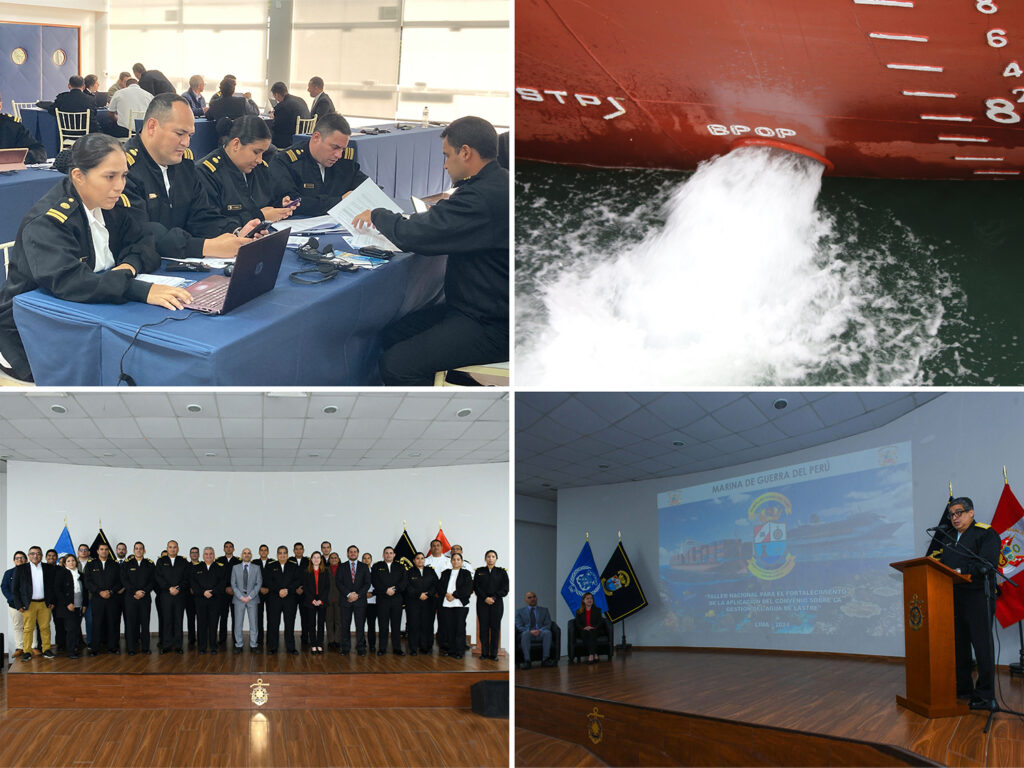The Port of Santos has mirrored the economy of the State of Sao
Paulo since the 19th century.
By : Bablo Rodis- Martini
The economic history of Sao Paulo can be written by an economic historian or from the throughput statistics of the Port of Santos. In the beginning, there were the coffee plantations and the sacks of coffee loaded onto ships.
Santos’ exports.
As the city of Sao Paulo grew and other places in the vast state diversified, so did Santos’ exports. Textiles and clothing marked the beginning of Sao Paulo’s industrial exports. Processed foods such as refined sugar and canned meat followed
State’s imports grew
Later, industrialisation expanded the export menu: cars and car parts, chemicals, steel and metal parts, etc. Of course, the flow was also from the port to Sao Paulo, as the state’s imports grew and diversified enormously.

A microcosm of Brazil
As the state of Sao Paulo grew bigger and stronger, so did the port of Santos. Isn’t that what a mirror does?
The Port of Santos also became a microcosm of Brazil, especially in the 20th century. From the 1930s, the port became a stronghold of the trade unions. Strikes began in the inter-war period and continued in the 1950s and 1970s.
Partido dos Trabalhadores
The influence of communist and socialist ideas was so strong that the port was sometimes called the ‘Red Port’. The Workers’ Party (Partido dos Trabalhadores), on which Lula da Silva became president, was a political party born in Sao Paulo from intellectuals and social movements, but above all from the trade unions.
During the harsh military dictatorship from 1964 to 1985, the government carried out raids and arrests of trade union leaders, many of whom disappeared.

Rise of privatisation
With the return of democracy and the rise of privatisation and globalisation, the privatisation of the port began. In Santos, it has been a complex, multi-step and very slow process covering decades.
It began with Fernando Collor de Mello (1990-1992) and continued with Itamar Franco (1992-1994), but the greatest progress was made during the presidency of Fernando Henrique Cardoso (1995-2002). Lula da Silva (2003-2010) did not reverse privatisation, having already adopted more moderate ideas.

Under public control.
The model adopted is the typical one finds in many ports: most terminals are privatised, while the overall management and regulatory oversight of the port remain under public control.
Port privatisation
However, the privatisation of terminals is not complete and some remain under public management. Privatisation has brought the two main benefits we have seen in port privatisation around the world: significant improvements in operations and massive attraction of new investment in infrastructure and technology. Both have made the port much more competitive.

If you missed the first post on Santos, the link is in the comments below. Stay tuned for the third post in the Santos port ‘trilogy’.

Disclosure: These posts are not sponsored by the Port of Santos. I just happen to be passionate about ports and ships 🙂




